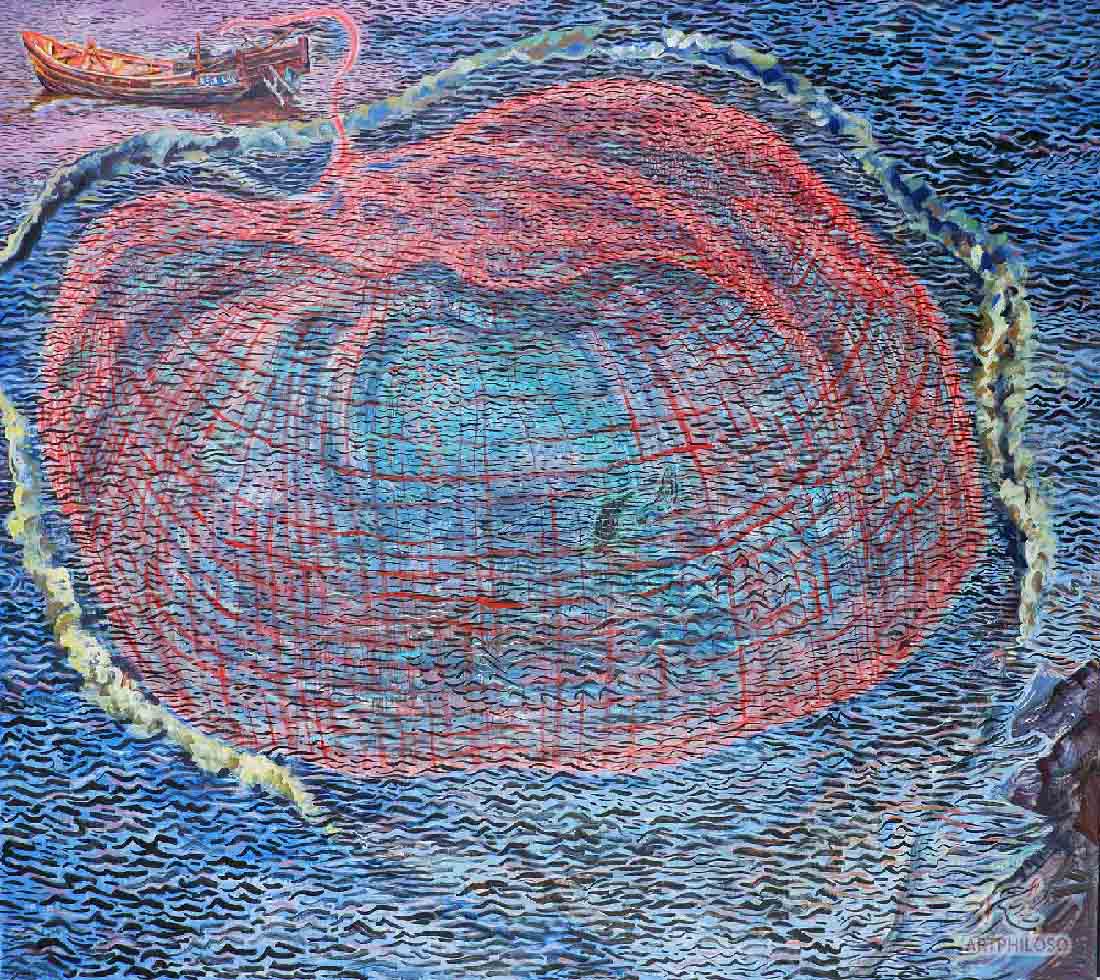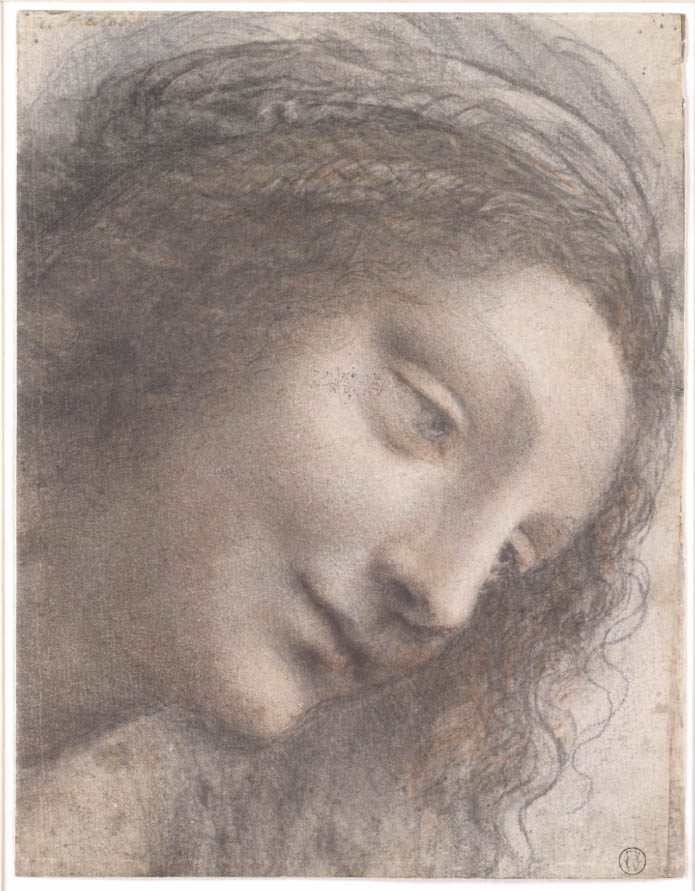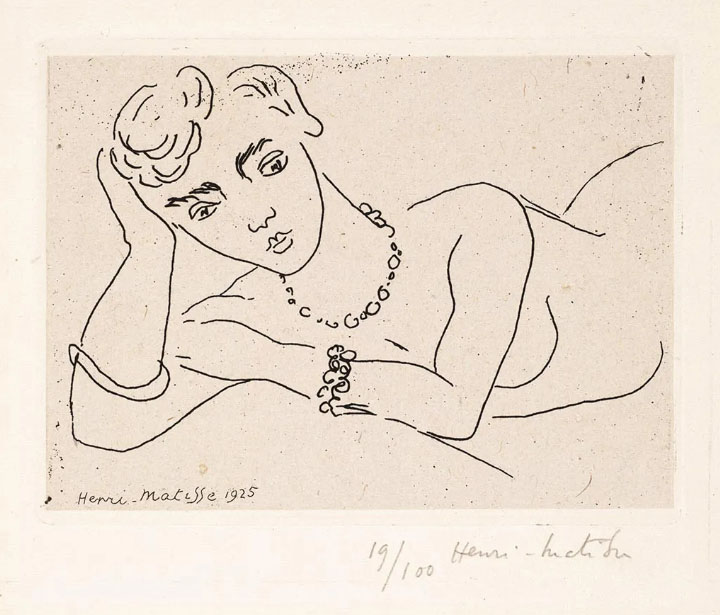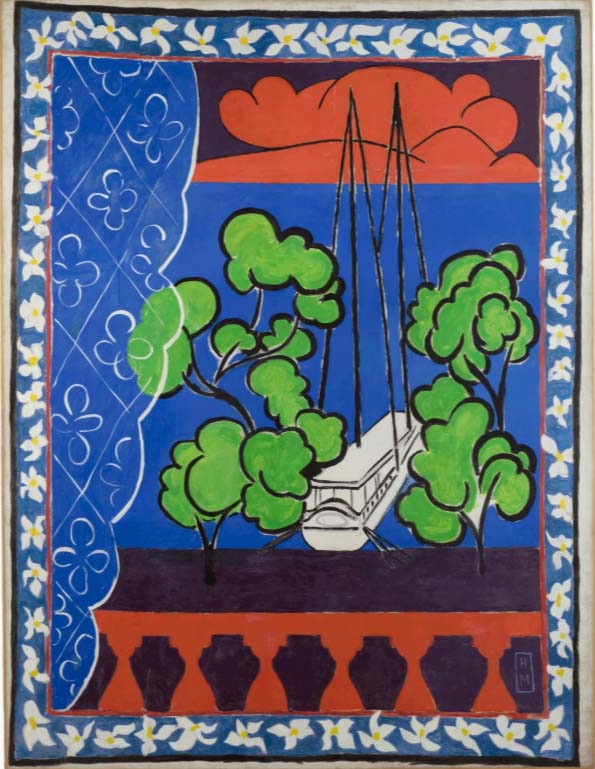Selecting a living room painting works best when decisions are based on composition, scale, and color discipline. Rooms with neutral walls benefit from clear structure and artwork that anchors the layout. The following guide presents practical categories of paintings for the living room and gives real examples from museum and gallery collections, each with a working, accessible image link. This avoids vague recommendations and shows how specific artworks function as references for collectors, designers, and homeowners.
Large canvases stabilize open-plan rooms. A single dominant composition above a sofa or console replaces the need for multiple decorative objects. Balanced color fields and controlled surfaces maintain clarity.
Several museum collections demonstrate how large works hold a room visually. The “Colors for a Large Wall” by Ellsworth Kelly at the Museum of Modern Art shows precise color blocks that work well with neutral furniture. Its surface discipline keeps the room’s structure clean. Another example is “Abstract Painting” by Ad Reinhardt, also at Museum of Modern Art, which uses deep monochrome panels for minimal spaces. These works prove that a single focused composition sets hierarchy without overwhelming the architecture.
Large-format art strengthens the room by creating a stable focal point.
Portraits bring human presence and direct focus. In contemporary interiors, expressive portraiture introduces character while keeping surrounding décor simple.
The approach can be seen in Jenny Saville’s large oil portraits presented by Gagosian Gallery. Her layered brushwork and scale create impact without clutter.These examples show how portraits serve as controlled accents rather than decorative illustrations.
Portrait paintings add identity and reduce the need for secondary décor.
Coastal themes often work well in living rooms with natural materials. Soft blue-gray tones align with linen, wood, and stone, while horizon lines create visual depth.

Coastal works provide calm visual distance and fit rooms that rely on natural textures.
Landscapes provide structure, horizon rhythm, and controlled color. They work well above mantels or in rooms with darker wood furniture.
A proven example is “The Enchanted Castle” by Claude Lorrain in the National Gallery collection. Its balanced architecture and horizon placement demonstrate how landscapes frame a room. For a modern interpretation, “Wheatfield” by Vincent van Gogh at the Rijksmuseum shows vivid color within a simple layout. Both provide direction for rooms that need visual grounding.
Landscape paintings work because they provide order and depth through horizon-based composition.
Abstract work supports modern rooms by guiding the palette. Reduced shapes and controlled brushwork keep the wall structured without imagery.

Abstract art supports contemporary furniture by adding tone rather than figurative detail.
Drawings for the living room are effective when the color palette is already defined. Charcoal and ink introduce visual clarity through line, shadow, and spacing.
A clear museum example is “Seated Woman” by Pablo Picasso in the National Gallery of Art collection. Minimal forms create balance without color conflict. Another reference is “Study of a Woman’s Head” attributed to Leonardo da Vinci at the Metropolitan Museum of Art, demonstrating the stability of monochrome drafting.
Monochrome drawings provide structure without influencing the room’s palette.

Smaller sketches work well in gallery-wall arrangements or compact apartments. Grouped arrangements maintain rhythm while staying visually light.

Grouped sketches build rhythm without dominating the wall.
Botanical subjects work well with natural furniture and neutral palettes. They allow organic detail without heavy decorative pattern.
Examples include “Roses and Butterflies” by Jan van Kessell in the Rijksmuseum. Another accessible option is “Branch of White Lilac” by Edouard Manet at the Metropolitan Museum of Art. Both pieces show calm botanical composition suited to living rooms that need quiet natural accents.
Botanical art introduces organic balance without strong graphic weight.
Urban work fits modern apartments and structured interiors. Geometry and architectural rhythm reinforce clean layouts.
A museum example is “Industrial Landscape” by L.S. Lowry in the Tate collection. Another is “Broadway Boogie Woogie” by Piet Mondrian at the Museum of Modern Art. Both works use architecture-inspired geometry to shape the space.
Architecture-based paintings reinforce spatial order when furniture lines are simple.

Textile pieces soften echo and reduce visual hardness in rooms with concrete, glass, or stone. Fiber structure absorbs light and improves acoustics.
A clear museum example is the textile collection at the Victoria and Albert Museum. Works like embroidered panels, woven wall hangings, and stitched compositions demonstrate how texture replaces decorative pattern.
Textile art reduces harsh surfaces and works well in minimalist rooms.
Minimal line compositions suit small spaces. Clean pen or ink drawings maintain visual clarity without affecting furniture tone.

Minimal line art supports modern furniture and keeps the room visually clear.
For rooms that need calm structure instead of ornament, artphiloso.com presents paintings with controlled palette and balanced space. The collection includes large abstracts, monochrome drawings, and minimal compositions suited to modern and transitional interiors. Each piece is photographed for surface clarity and works as a stable focal point in living rooms with open architecture.
Hi, I’m Philo, a Chinese artist passionate about blending traditional Asian art with contemporary expressions. Through Artphiloso, my artist website, I share my journey and creations—from figurative painting and figure painting to floral oil painting and painting on landscape. You'll also find ideas for home decorating with paint and more.
Best size for a living room painting ?
Artwork covering half to two-thirds of the sofa width maintains balance.
Whether abstraction works in traditional homes ?
Abstract canvases with quiet color support classical furniture by adding tone without narrative imagery.
Whether black-and-white drawings fit colorful rooms ?
Monochrome compositions stabilize rooms with bold textiles.
Whether gallery walls need identical frames ?
Consistent size and color create clarity even if materials differ.
Whether textile art suits minimal interiors ?
Textiles soften echo and contribute structure without adding heavy color.
